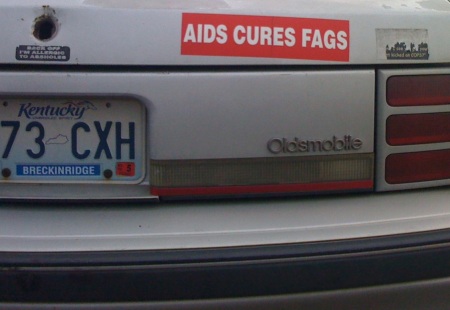http://thesociallens.wordpress.com/2010/01/22/language-from-coke-to-coke/
Language is the fundamental basis for culture. Language allows us to communicate with one another. It allows us to pass on information from generation to generation, whether through cave drawings, folk tales, or textbooks.
Language allows us to also glimpse into the culture of the individual. Here are two interesting pics that illustrate the cultural differences of language.
(Source of pic)
In most of Kentucky, we refer to soft drinks as coke. Not the Coke with a capital “C”, but all soft drinks. When we visit a restaurant or head up to the counter at a sporting event, we order coke. Coke, rather coke with a lowercase “c”, applies to all Pepsi, Coke, RC, and generic cola soft drinks. When visiting northern Ohio, Michigan, or even Washington state, we do not understand the snickers and perplexed looks we get from waiters and waitresses when we order coke and they ask us if “Pepsi is ok”. Of course it is.
In all seriousness this is the culture in which we live, reflected in our language. It’s not necessarily right or wrong, but how we communicate. What do you call soft drinks? Do you find it to be consistent with the map? Notice the Maryland area on the map. Why is there more diversity in what people call soft drinks there, but such widespread commonality in most regions of the United States?
Taking this notion of the role of language one step further, how important is a common language for people living in an area?
Take a look at the linguistic map below of central Africa country of Chad. The color differentiation reflects dialect and or language differences.
(Source of pic)
This area has a tremendous amount of diversity of dialect and language. If members of the same geographical areas do not speak a similar language, what will be their capacity to live together in relative harmony, and to establish stable societies? What do we know about social conflict over the course of the central Africa history? How does language factor into this instability?







